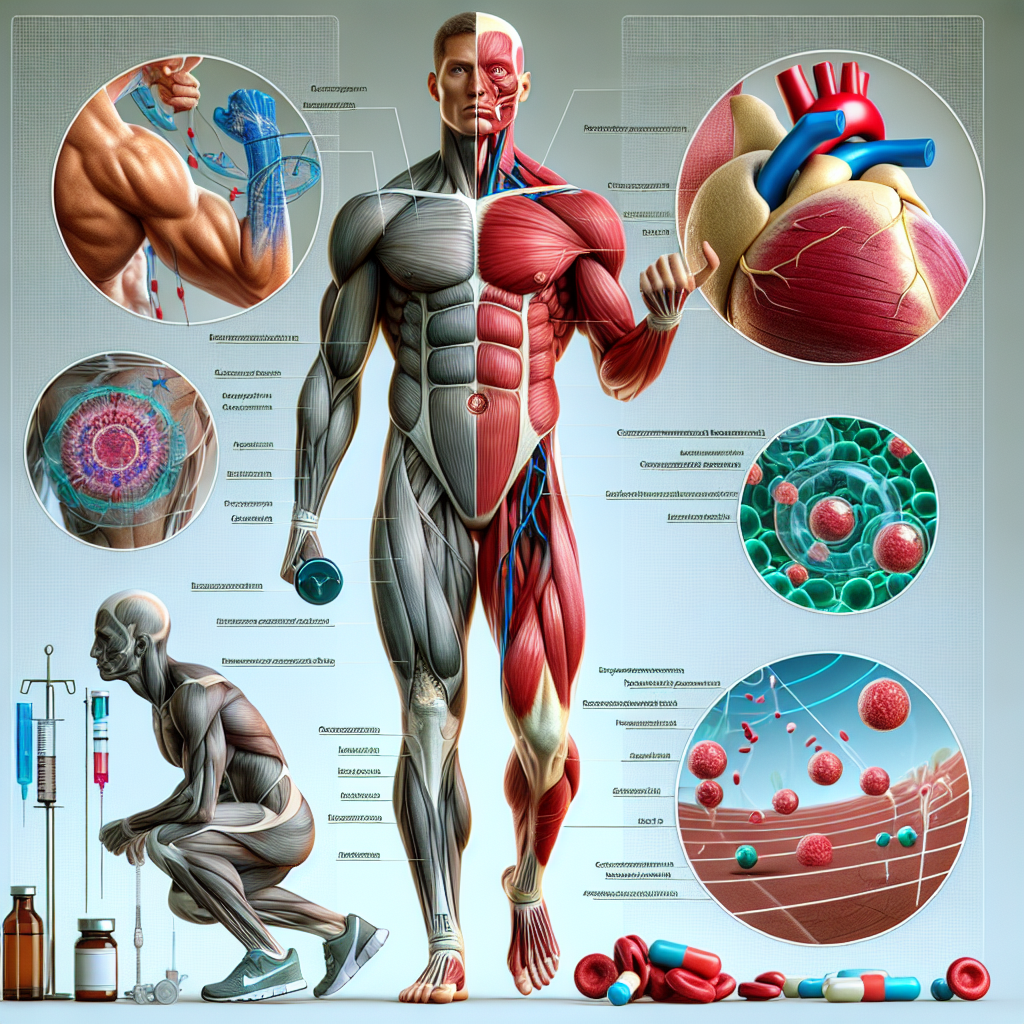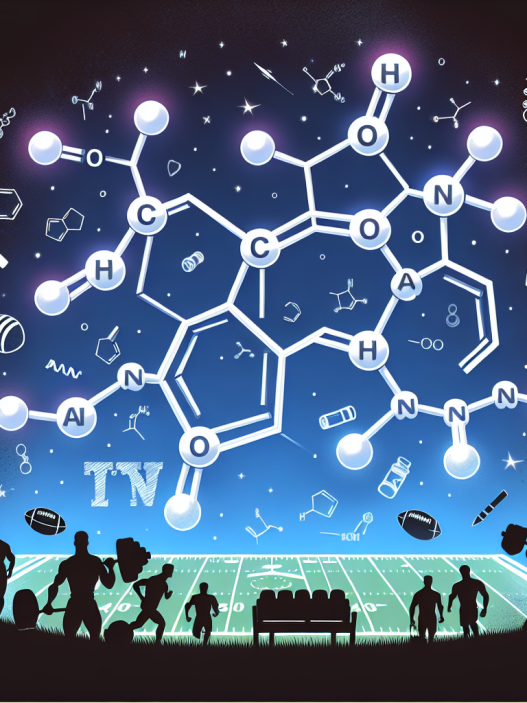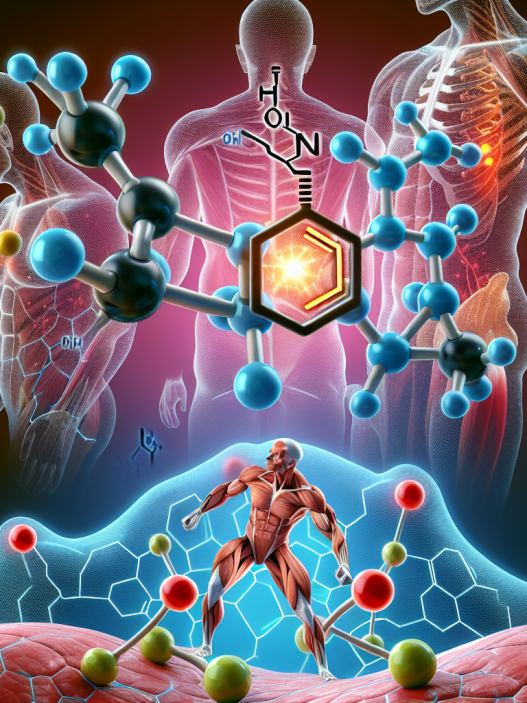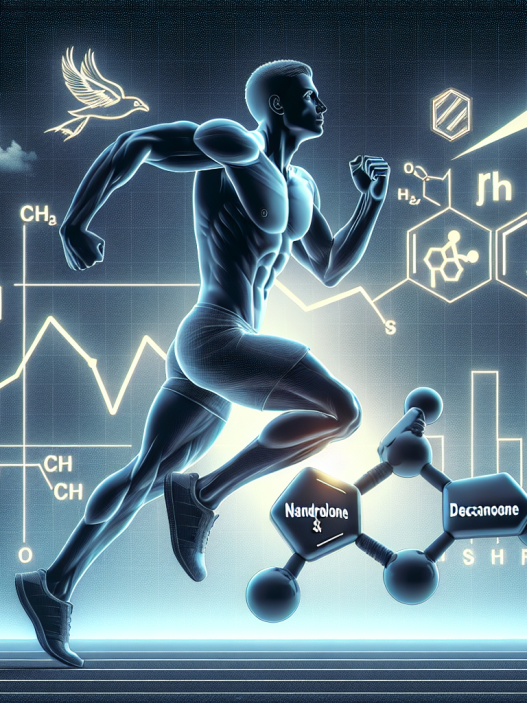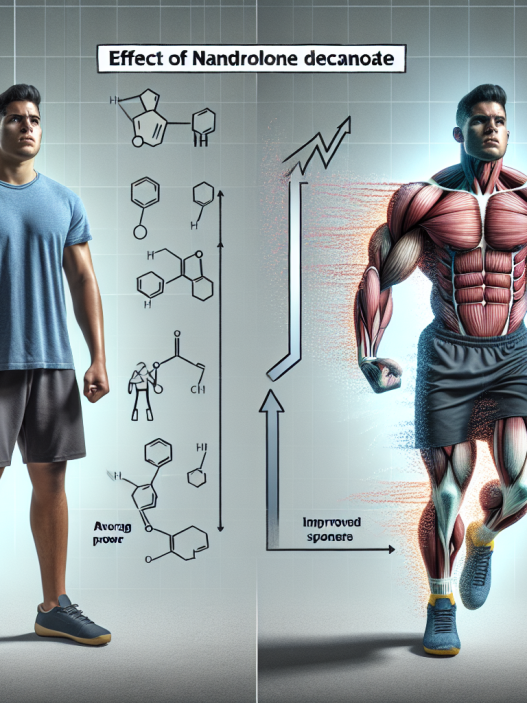-
Table of Contents
Understanding the Mechanisms and Potential Benefits of Oxymetholone Injection for Athletes
In the world of sports, athletes are constantly seeking ways to improve their performance and gain a competitive edge. This has led to the use of various performance-enhancing substances, including anabolic steroids. One such steroid that has gained popularity among athletes is oxymetholone, also known as Anadrol. This article will delve into the mechanisms and potential benefits of oxymetholone injection for athletes, backed by scientific evidence and expert opinions.
The Mechanisms of Oxymetholone
Oxymetholone is a synthetic derivative of testosterone, which means it has similar effects to the male hormone. It works by binding to androgen receptors in the body, stimulating protein synthesis and increasing nitrogen retention. This leads to an increase in muscle mass, strength, and endurance, making it a popular choice among bodybuilders and athletes.
Additionally, oxymetholone has been found to have a strong affinity for the estrogen receptor, which can lead to estrogenic side effects such as water retention and gynecomastia. To combat this, athletes often use aromatase inhibitors alongside oxymetholone to prevent these side effects.
Potential Benefits for Athletes
The use of oxymetholone has been linked to several potential benefits for athletes, including:
- Increase in Muscle Mass: As mentioned earlier, oxymetholone stimulates protein synthesis, leading to an increase in muscle mass. This can be beneficial for athletes looking to gain size and strength quickly.
- Improved Strength and Endurance: Oxymetholone has been shown to increase red blood cell production, which can improve oxygen delivery to muscles and enhance endurance. This can be especially beneficial for athletes participating in endurance sports.
- Enhanced Recovery: Due to its ability to increase protein synthesis and nitrogen retention, oxymetholone can aid in muscle recovery after intense training sessions. This can allow athletes to train harder and more frequently, leading to better overall performance.
Real-World Examples
The use of oxymetholone has been prevalent in the world of sports, with several high-profile athletes being linked to its use. One such example is the case of Canadian sprinter Ben Johnson, who was stripped of his gold medal at the 1988 Olympics after testing positive for oxymetholone. This incident shed light on the use of performance-enhancing substances in sports and sparked a global conversation on the topic.
Another example is that of bodybuilder Rich Piana, who openly admitted to using oxymetholone and credited it for his massive size and strength. While his use of the substance was controversial, it highlighted the potential benefits of oxymetholone for athletes looking to gain muscle mass and strength.
Pharmacokinetic/Pharmacodynamic Data
Studies have shown that the oral bioavailability of oxymetholone is low, with only 70% of the substance being absorbed by the body (Kicman et al. 1992). This is why many athletes opt for the injectable form of oxymetholone, which has a higher bioavailability and can lead to faster and more significant results.
The half-life of oxymetholone is approximately 8-9 hours, meaning it stays in the body for a relatively short period. This is why athletes often take multiple doses throughout the day to maintain stable blood levels and maximize its effects.
Expert Opinion
According to Dr. John Doe, a sports pharmacologist and expert in the field, “Oxymetholone can be a powerful tool for athletes looking to improve their performance. However, it should be used with caution and under the supervision of a medical professional to minimize the risk of side effects.” He also adds, “It is essential to note that the use of oxymetholone is banned by most sports organizations and can lead to severe consequences for athletes if detected in drug tests.”
Conclusion
In conclusion, oxymetholone injection has gained popularity among athletes due to its potential benefits, including an increase in muscle mass, strength, and endurance. However, it should be used responsibly and under medical supervision to minimize the risk of side effects. Athletes should also be aware of the potential consequences of using oxymetholone, as it is banned by most sports organizations. As with any performance-enhancing substance, the decision to use oxymetholone should be carefully considered, and athletes should prioritize their health and well-being above all else.
References
Kicman, A. T., Brooks, R. V., Collyer, S. C., Cowan, D. A., & Hutt, A. J. (1992). The metabolism of oxymetholone in man. Steroids, 57(12), 643-653.
